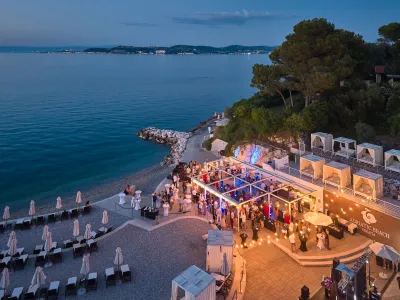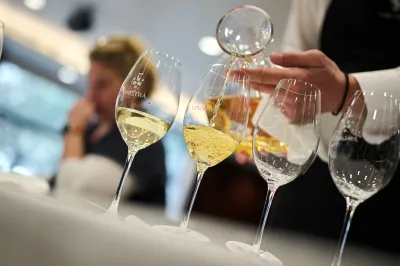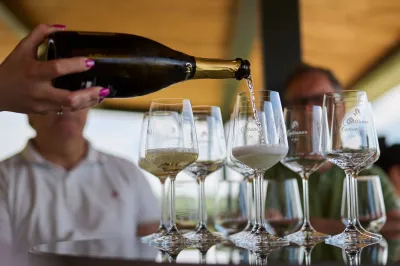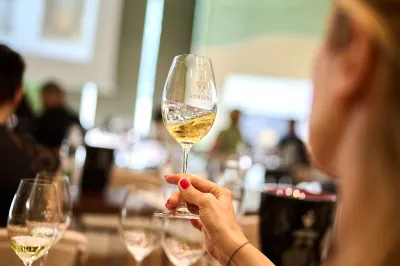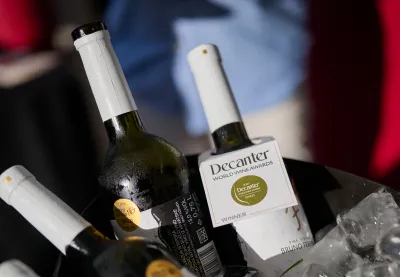Wine regions
Ideal area for growing vines
Tucked away in the southeastern corner of Europe, Istria shares geographical characteristics with the best wine regions in the world with perhaps a longer history of winemaking, such as Italy, France and Spain.
Some say that the Roman emperor Marcus Aurelius brought vines and wine to this region about 2,000 years ago, while others claim that it was the Greeks who named the bay near Pula Kalavojna, which translates as bay of good wine.
What makes Istrian wines special is a combination of factors: a mild and pleasant climate, warm summers, the proximity of the sea, which stabilizes the moisture in the air in the coastal area, and the altitude of central Istria. And of course, the quality of the soil.
Istrian terroir
Istria can thank its four types of soil - white marl/karst, terra rossa or red clay, and black and gray sandstone resting on a limestone substrate for the richness of grape varieties and wine styles that can be grown and produced here.
The mild Mediterranean climate, along with the influence of the continental inland, enable the successful cultivation of numerous varieties from which it is possible to make all types of wine, from dry to semi-dry and sweet.
Even if you do not know anything about the wine regions of Istria and Kvarner, the aromas will tell you from which part which wine comes. Those from coastal vineyards are full of fruity aromas, while wines from the inland are recognizable by their lively acids, mineral character and floral aromas.
Indigenous varieties of vines
Istrian winemakers primarily grow local varieties, the white Istrian Malvasia, and the red Teran, while numerous other varieties are produced in smaller quantities. Thus, experimental vintage of Cabernet Sauvignon, Merlot, Cabernet Franc, Burgundy, Chardonnay, Sauvignon Blanc clearly show the potential of this region.
The third dominant variety grown in Istria is Muscat, most often called Momjan Muscat, which is basically a clone of the well-known variety Muscat e Petit Grain and is traditionally used for the production of sweet dessert wines, but in recent years it has also shown potential as a dry white wine.
The styles of wine in Istria are as numerous as the producers. Some play with terroir, others with maceration, others with blends and combinations in order to create something recognizable and specific to them.
If you ask sommeliers and enologists, 2016 was the best year for Istrian wines.
Appreciated globally
Wine Enthusiast included Istria among the top 10 wine destinations in the world along with the Finger Lakes, Orlando, Mendocino in the USA, Piedmont in Italy, Hawkes Bay in New Zealand, and the Rhone and Loire valleys in France, Galicia in Spain and the Canadian Okanagan region.
Decanter, the leading European wine magazine, which is read by experts and enthusiasts alike, called Istria the "New Tuscany" in 2014, and awarded Istrian wines with the highest marks more than 50 times.
Munskänkarna, a Swedish and Finnish organization of wine tasters with more than 20,000 members, chose Istria as the wine region of 2017.
The best Istrian wines
Wine lovers from all over the world come to Vinistra, the annual exhibition of Istrian winemakers, where more than 120 members of the winemakers’ association exhibit their wines, hard liquor and olive oil.
A panel of judges tastes hundreds of samples to select the best of the best each year.
Take a look at winners of Vinistra 2022
Top quality wines have the IQ - Istrian quality label with approved regional denominations of Western, Central and Eastern Istria.





